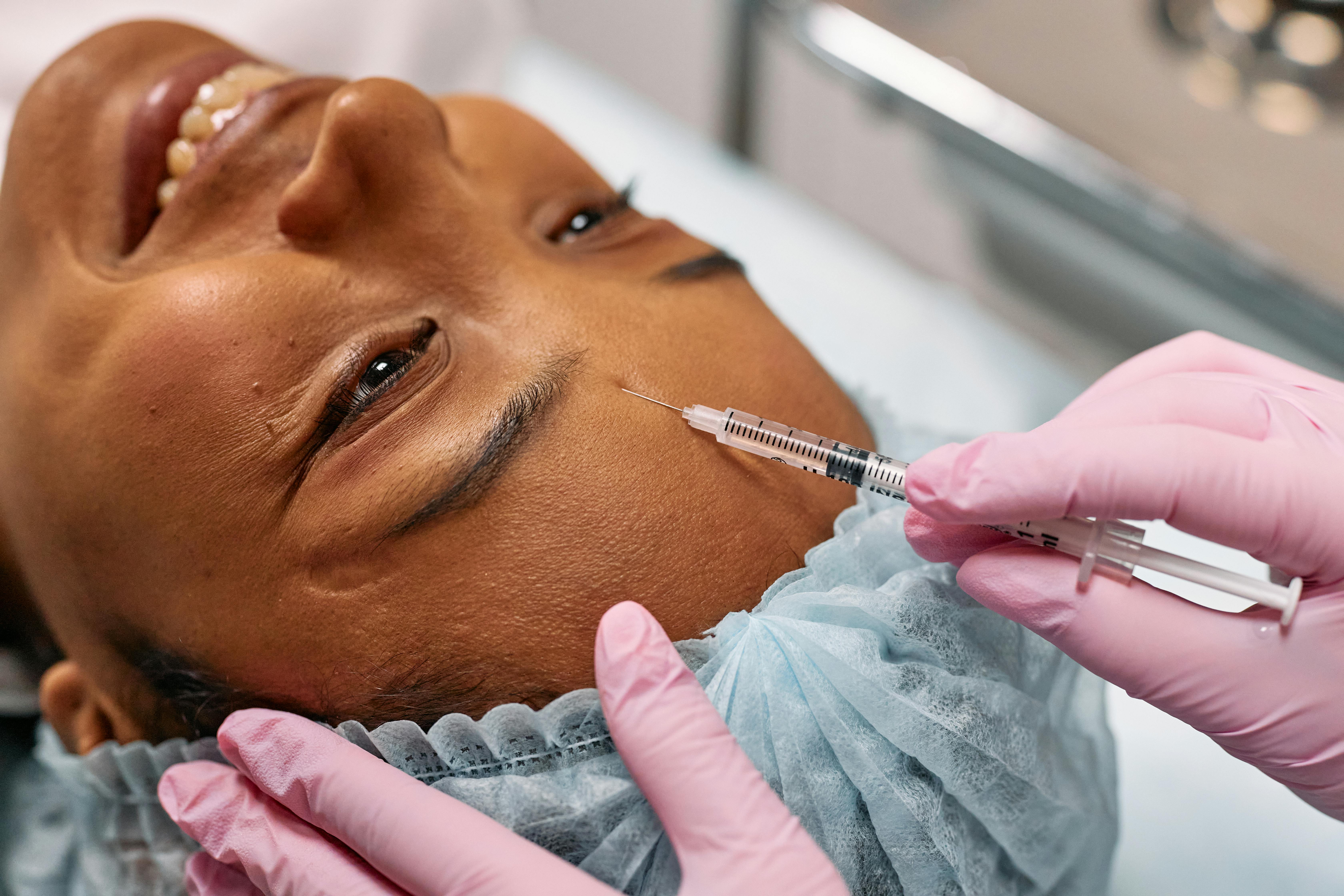Decoding the Science and Art of Botox
In an era where the quest for eternal youth and beauty is more attainable than ever, Botox stands out as an increasingly popular choice for many. The treatment, which involves injecting botulinum toxin into the skin to reduce wrinkles and fine lines, has seen a dramatic rise in popularity over the last two decades. However, despite its widespread use, there remains a significant amount of misinformation and misunderstanding surrounding Botox. This article aims to demystify Botox, exploring its history, application, and the science behind its seemingly magical effects.

From Danger to Beauty: The Evolution of Botox
Botox, or botulinum toxin, is produced by a bacteria called ‘Clostridium botulinum’, which is known to cause a severe form of food poisoning known as botulism. It was in the 1950s that scientists began to discover the potential of this toxin. They found that, in small doses, it could be used to treat various health conditions, including excessive sweating and muscle disorders.
However, it wasn’t until the late 1980s that Botox began to be used for cosmetic purposes. The FDA approved its use for treating eye muscle disorders in 1989, and during such treatments, patients noted an improvement in wrinkles around the eyes. This fortuitous discovery paved the way for the use of Botox in the beauty industry. Today, Botox injections are one of the most commonly performed cosmetic procedures worldwide.
The Science behind the Miraculous Transformation
Botox works by blocking the signal from the nerves to the muscles. The injected muscle can no longer contract, causing wrinkles to relax and soften. It is most often used on forehead lines, crow’s feet (lines around the eye), and frown lines. That said, Botox does not work on wrinkles caused by sun damage or gravity.
The procedure itself is quick and usually does not require anesthesia. The Botox is injected with a fine needle into specific muscles, causing only minor discomfort. The results start to be noticeable after one to two days and typically last three to six months. As muscle action gradually returns, lines and wrinkles begin to reappear and need to be treated again.
The Growing Popularity and Acceptance of Botox
In the past, Botox was often stigmatized and associated with an unnatural, frozen look. However, as the procedure has evolved and improved, and as more people openly discuss their use of Botox, this perception has changed. Today, Botox is considered a safe, effective, and relatively affordable method for maintaining a youthful appearance.
Moreover, the use of Botox is no longer limited to the rich and famous. It has become a regular part of many individuals’ skincare routines, irrespective of their socio-economic status. The trend for “preventative Botox” is also on the rise among younger adults who wish to maintain their youthful looks for as long as possible.
Botox: A Tool for Empowerment or a Symptom of Societal Pressure?
While Botox offers the opportunity to smooth out wrinkles and maintain a youthful appearance, it also raises questions about societal pressures to look a certain way. There’s no denying that the beauty standards perpetuated through media and popular culture often fuel the demand for treatments like Botox.
However, it’s also crucial to acknowledge that many individuals opt for Botox as a form of self-care and empowerment. For them, Botox is a tool that allows them to feel more confident and comfortable in their skin. It’s crucial to have open and non-judgmental conversations about these cosmetic procedures to ensure the decision to get Botox stems from personal desire rather than societal pressure.
Looking Forward: The Future of Botox
While Botox has made a significant impact on the beauty industry, the future holds even more potential. Scientists are constantly researching and experimenting to expand the uses of Botox. There is promising research into its use for treating conditions like migraines, depression, and even excessive sweating, opening up new avenues for this versatile treatment.
In the beauty industry, the focus is on enhancing the effectiveness of Botox and finding ways to personalize treatments to meet individual needs. Furthermore, as we move towards a more open dialogue about cosmetic procedures, the stigma surrounding treatments like Botox is likely to decrease, making it an even more accessible option for those looking to enhance their appearance.
In conclusion, Botox, once a feared toxin, has transformed into a beauty industry staple. It is a testament to scientific innovation and our ever-evolving understanding of beauty. Nevertheless, as we continue to explore and expand the use of Botox, it’s important to foster an environment of acceptance and understanding, where the choice to use Botox is respected and free from judgment.




